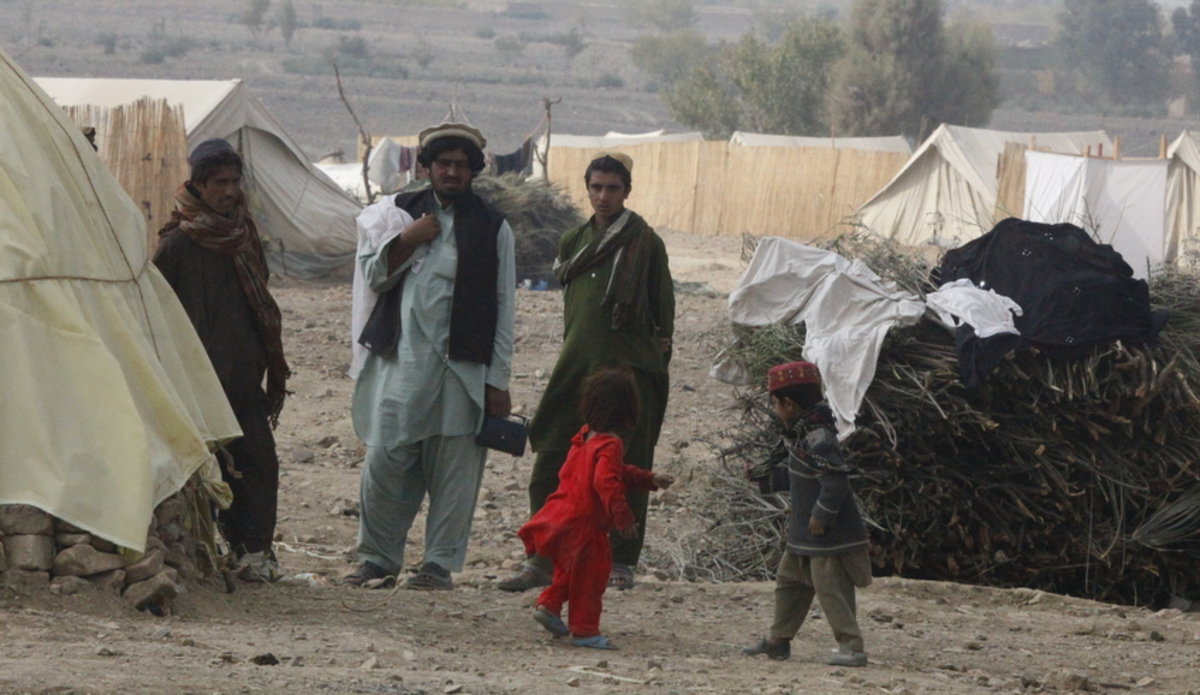$393m appeal to meet life-saving needs of Afghans in 2016
KABUL - To meet the acute life-saving needs of the most vulnerable and marginalized Afghans during 2016, the humanitarian community is appealing for $393 million in funding, which will reach an estimated 3.5 million people.
At a press conference in Kabul today, which included Chief Executive Abdullah Abdullah and the UN Humanitarian Coordinator Mark Bowden, along with representatives of the donor community and Afghan and international humanitarian community, the 2016 Humanitarian Response Plan (HRP) for Afghanistan was launched.
According to the plan, millions of people in need would be reached with food as well as access to health care, nutrition, safe water and sanitation.
“I look back with admiration on the tireless efforts that the humanitarian community have made in 2015,” said Mr. Bowden, who is also the Deputy Special Representative to the Secretary-General for Afghanistan.
“However, I have no doubt that we will be called upon to redouble those efforts and deliver ever increasing levels of assistance to those in need of life-saving humanitarian response over the next 12 months,” said Mr. Bowden.
From January to November 2015, more than 300,000 people in Afghanistan fled their homes due to conflict, marking a 160 per cent increase compared with the same period in 2014. The country is prone to natural disasters, including floods and earthquakes, such as the powerful earthquake that struck Afghanistan’s north-eastern province of Badakhshan on 26 October 2015 and left an estimated 130,000 people in need of humanitarian assistance.
Mr. Abdullah said that significant achievements were made last year in responding quickly to humanitarian needs.
“From January to September 2015, life-saving food assistance was provided to 540,000 severely food insecure people; shelter, non-food items or cash were provided to 310,000 people; and 425,000 people received support during emergencies related to water, sanitation and hygiene needs,” said Mr. Abdullah in a statement.
Mr. Abdullah noted that the 2015 Humanitarian Response Plan is 70 per cent funded – one of the highest levels of response, globally, to a humanitarian appeal -- is a mark of the strong commitment donors have to the people of Afghanistan.
In 2016, the priorities for the humanitarian community are to address the critical basic needs of people affected by natural disaster or armed conflict, including an estimated 40,000 refugee families from Pakistan currently hosted by Afghan communities and to provide life-saving nutritional support to 1.1 million people, including a quarter of a million children under the age of 5 who suffer severe malnutrition.
The HRP will also respond to acute health emergencies, contribute to the protection of civilians from violence and abuse by parties to conflict and improve the quality of data gathering, contextual analysis and coordinated needs assessment to inform humanitarian action and expand humanitarian access.
More than three decades of conflict, coupled with environmental degradation and insufficient investment in disaster risk reduction strategies, have contributed to increasing vulnerability in Afghanistan, which is one of the poorest countries in the world. High levels of poverty, lack of livelihood and income generating opportunities, chronic health problems and the poor state of infrastructure add to the burden of natural disasters.
More information:
2016 Humanitarian Needs Overview
 UN
UN







